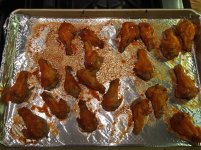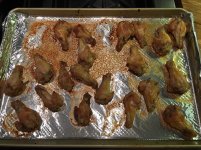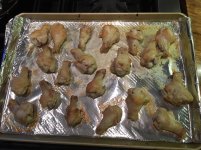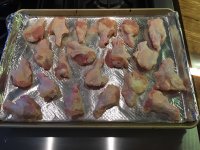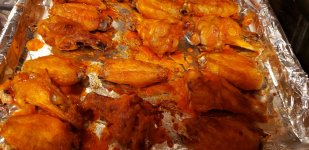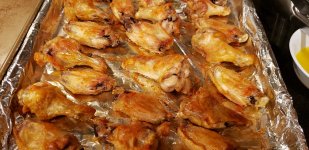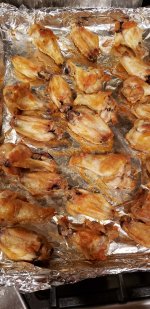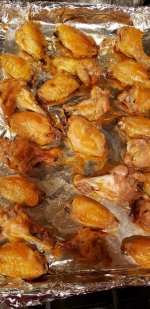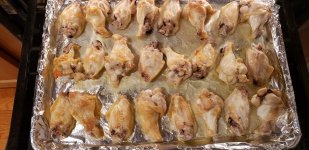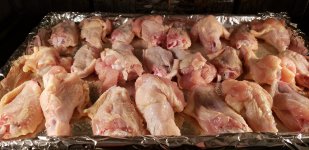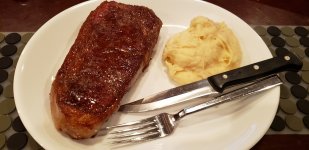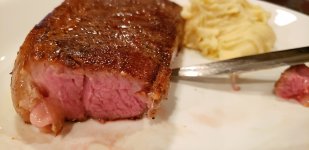For those new to sous vide cooking, please, please, please read up on at least the basic science of it. In order for bacteria to be reduced to acceptable levels you have two choices:
1. Cook to a higher internal temperature quickly (the Health Department approved method using direct heat), or
2. Cook to a lower temperature for a longer time (compare to a child wearing down a parent for a new phone over time).
Please pay attention to the minimum times and be careful about shortening times without doing research beforehand.
Just my 2 cents worth.
Peter




